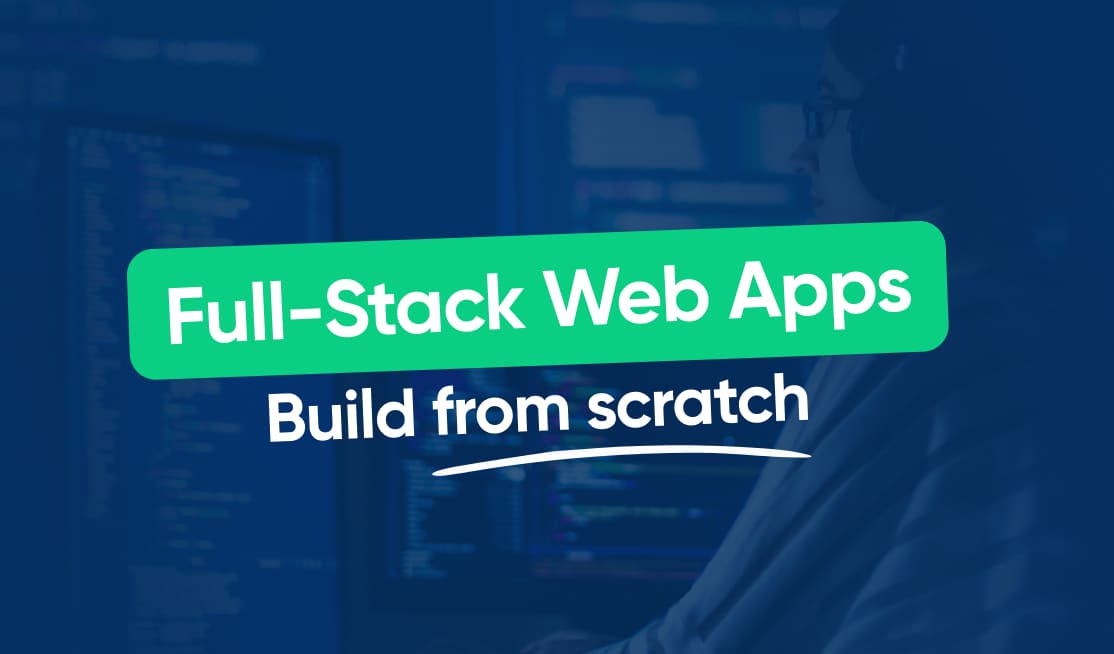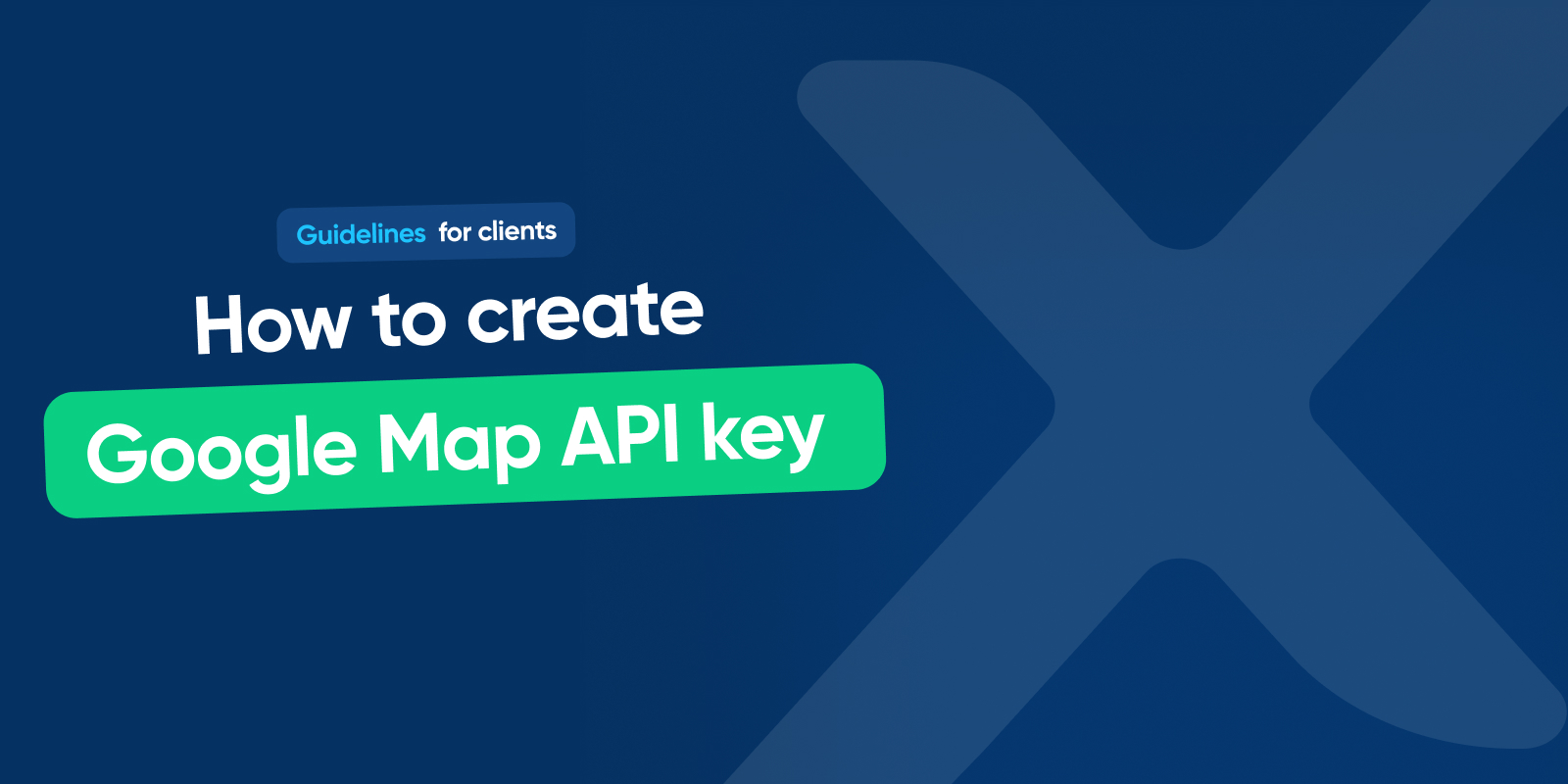Building Full-Stack Web Applications from Scratch: A Comprehensive Guide

Full-stack development has become increasingly popular in the world of web development. It refers to the process of developing both the front-end and back-end of a web application. In this comprehensive guide, we will explore the fundamentals of building full-stack web applications from scratch. Whether you are a beginner or an experienced developer looking to expand your skillset, this guide will provide you with the necessary knowledge to successfully embark on a full-stack development journey.
Understanding Full-Stack Development
Before diving into the technical aspects of full-stack development, it is essential to understand what this term encompasses. Full-stack development involves designing, building, and maintaining every layer of a web application, including the user interface, server-side logic, and database functionality. By having the ability to work on both the front-end and back-end, full-stack developers are equipped with a holistic understanding of how a web application functions.
Defining Full-Stack Development
Full-stack development can be defined as the practice of developing all layers of a web application, including the presentation layer (front-end) and the business logic, database, and server-side configuration (back-end). Full-stack developers have a broad skillset and are capable of handling various tasks such as user interface design, database management, and server configuration.
The Role of a Full-Stack Developer
A full-stack developer plays a pivotal role in the web development process. They are responsible for translating user requirements into functional features by utilizing a combination of programming languages, frameworks, and tools. Full-stack developers possess the knowledge and skills to handle both the client-side and server-side aspects of an application, making them versatile and valuable assets to any development team.
Essential Skills for Full-Stack Development
Mastering full-stack development requires a comprehensive skillset that encompasses both front-end and back-end technologies. A full-stack developer should have a strong understanding of HTML, CSS, and JavaScript, as these are the building blocks of any web application. Additionally, proficiency in server-side languages like Java, Python, or Node.js, as well as knowledge of databases and version control systems, is crucial for a successful full-stack development career.
Furthermore, full-stack developers should also possess excellent problem-solving and critical-thinking skills. They often encounter complex challenges that require them to analyze and troubleshoot issues across different layers of the application. Being able to identify and resolve problems efficiently is essential for maintaining the functionality and performance of the web application.
In addition to technical skills, full-stack developers should also have strong communication and collaboration abilities. They often work closely with designers, project managers, and other developers to ensure that the web application meets the desired requirements and functions seamlessly. Effective communication and teamwork are vital for successful project execution and delivering high-quality results.
Setting Up Your Development Environment
Before you embark on building your full-stack web application, it is vital to set up the right development environment. This section will guide you through the process of choosing the correct tools and software, installing and configuring an Integrated Development Environment (IDE), and understanding the importance of version control systems.
Choosing the Right Tools and Software
The first step in setting up your development environment is to choose the appropriate tools and software for your project. Depending on your requirements and preferences, you may opt for a specific front-end framework, a server-side language, and a database system. It is crucial to ensure that the chosen tools and software align with the goals and scope of your web application.
For example, if you are building a dynamic and interactive front-end, you might consider using a popular front-end framework like React or Angular. These frameworks provide a robust set of tools and libraries that can enhance your development process and improve the user experience of your application. On the server-side, you might choose a language like Node.js or Python, depending on your familiarity and the specific requirements of your project. Additionally, selecting the right database system, such as MySQL or MongoDB, is essential for efficient data management and retrieval.
Installing and Configuring Your IDE
An Integrated Development Environment (IDE) is an essential tool for full-stack developers. It helps streamline the development process by providing features such as code autocompletion, project management, and debugging capabilities. Whether you prefer Visual Studio Code, IntelliJ IDEA, or Eclipse, installing and configuring the IDE to match your development needs is an important task to kickstart your full-stack journey.
Once you have chosen your preferred IDE, it is crucial to customize it according to your workflow and coding style. This includes installing relevant plugins or extensions that can enhance your productivity, setting up code formatting rules, and configuring debugging tools. Taking the time to personalize your IDE can significantly improve your coding experience and make you more efficient in developing your full-stack web application.
Understanding Version Control Systems
Version control is a crucial aspect of any software development project, including full-stack web applications. It allows you to track changes made to your codebase, collaborate with other developers, and easily roll back to previous versions if needed. Familiarize yourself with popular version control systems like Git and learn how to utilize their features effectively to ensure a smooth development workflow.
When working on a full-stack web application, you may have multiple developers working on different parts of the project simultaneously. Version control systems like Git enable seamless collaboration by allowing developers to work on separate branches and merge their changes together. This ensures that everyone is working on the latest version of the codebase and minimizes conflicts. Additionally, version control systems provide a safety net by allowing you to revert to previous versions of your code if any issues arise.
Understanding the basics of version control systems and mastering their commands, such as branching, merging, and resolving conflicts, will empower you to work efficiently and effectively as a full-stack developer. It is a skill that will not only benefit your current project but also future projects you undertake.
Front-End Development Basics
Front-end development is the process of creating the user interface and functionality that users interact with. It involves a combination of design, coding, and problem-solving skills to build engaging and user-friendly websites and applications. In this section, we will explore the fundamental technologies and concepts that you need to grasp in order to excel in front-end development.
When it comes to front-end development, three key technologies form the building blocks: HTML, CSS, and JavaScript. HTML (Hypertext Markup Language) provides the structural elements of a web page, CSS (Cascading Style Sheets) controls the visual appearance, and JavaScript brings interactivity and dynamic functionality to the user interface. Understanding how these three technologies work together is crucial for front-end developers.
HTML: The Backbone of Web Development
HTML serves as the backbone of web development. It allows developers to structure content on a web page using various elements such as headings, paragraphs, lists, images, and links. By using semantic HTML, developers can provide meaning to the content, making it more accessible to both users and search engines. HTML also enables the inclusion of multimedia elements, such as videos and audio, enhancing the overall user experience.
CSS: Enhancing the Visual Appeal
While HTML takes care of the structure, CSS is responsible for the visual appeal of a web page. With CSS, developers can control the layout, colors, fonts, and other visual aspects of a website. CSS allows for precise control over the appearance, enabling developers to create stunning and visually appealing designs. It also provides the flexibility to make a website responsive, ensuring that it looks and functions well on different devices and screen sizes.
JavaScript: Adding Interactivity and Functionality
JavaScript is a powerful programming language that adds interactivity and functionality to web pages. With JavaScript, developers can create dynamic elements, handle user input, manipulate data, and make API calls. It allows for the creation of interactive forms, image sliders, animated elements, and much more. JavaScript is widely used in front-end development and is essential for creating engaging and interactive user experiences.
Responsive Design and Accessibility
In today’s mobile-first world, designing web applications that are responsive and accessible across different devices and screen sizes is vital. Responsive design ensures that your web application adapts to the user’s device, providing an optimal viewing experience. By using CSS media queries and other responsive design techniques, developers can create websites that look great on desktops, tablets, and smartphones.
Additionally, accessibility practices make your application usable for individuals with disabilities, allowing them to navigate and interact with your site effectively. This involves following web standards, providing alternative text for images, ensuring proper keyboard navigation, and using semantic HTML. By making your web application accessible, you can reach a wider audience and provide an inclusive user experience.
Working with Front-End Frameworks
Front-end frameworks such as React, Angular, and Vue.js have revolutionized the way web applications are built. These frameworks provide reusable components, state management, and a structured development workflow. By leveraging the power of these frameworks, developers can streamline their development process, increase productivity, and build scalable web applications.
Choosing a front-end framework depends on various factors such as project requirements, team expertise, and personal preference. React, known for its component-based architecture, is widely used and has a large community of developers. Angular, developed by Google, offers a comprehensive solution for building complex applications. Vue.js, known for its simplicity and ease of integration, has gained popularity among developers.
Familiarize yourself with at least one popular front-end framework to enhance your productivity and build scalable web applications. Understanding the concepts and principles behind these frameworks will provide you with a solid foundation for developing modern and efficient web applications.
Back-End Development Basics
While front-end development focuses on the user interface, back-end development handles the server-side logic and connectivity with databases. Let’s explore the basics of back-end development and the technologies involved.
Server-Side Languages: An Overview
Back-end development typically involves working with server-side languages such as Java, Python, Ruby, or Node.js. These languages allow you to build the business logic of your web application and handle server-side operations like data manipulation, authentication, and communication with external services. Choose a language that aligns with your project requirements and learn its syntax and best practices.
Databases and SQL
A robust web application often requires a database for storing and retrieving data. Familiarize yourself with database concepts and learn SQL (Structured Query Language), the standard language for interacting with relational databases. Understand how to design efficient database schemas and perform basic CRUD (Create, Read, Update, Delete) operations.
APIs and Middleware
Application Programming Interfaces (APIs) play a crucial role in connecting different components of a web application. They enable communication between the front-end and back-end, allowing for data exchange and integration with external services. Additionally, middleware acts as a bridge between the front-end and back-end layers, handling tasks such as authentication, data validation, and error handling. Gain an understanding of how APIs and middleware are implemented to ensure seamless communication and enhanced functionality in your web application.
By following this comprehensive guide, you now have a solid foundation in building full-stack web applications from scratch. Remember to keep practicing, explore additional resources, and stay up-to-date with the latest technologies and best practices. Full-stack development offers endless opportunities to create innovative and dynamic web applications, and with time and dedication, you can become a proficient full-stack developer.


